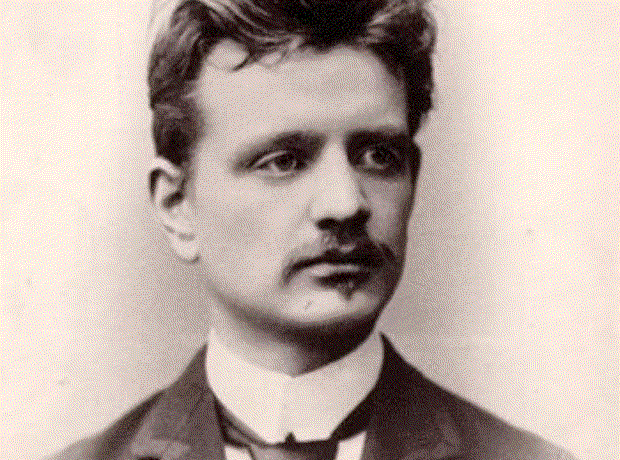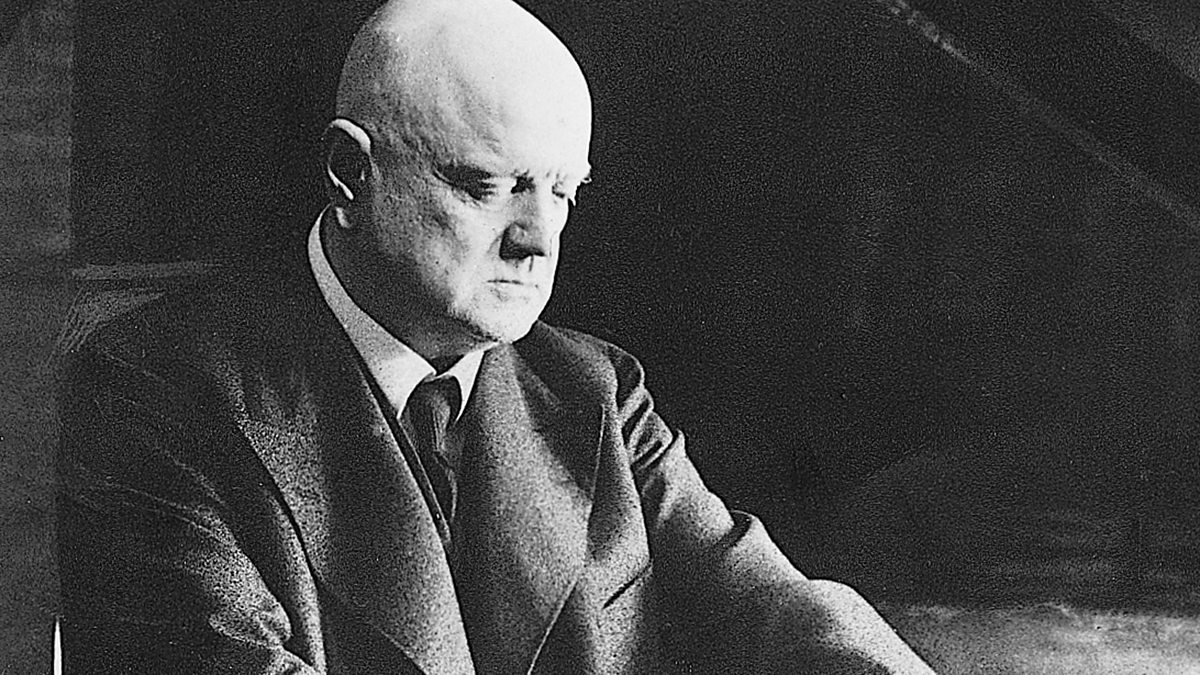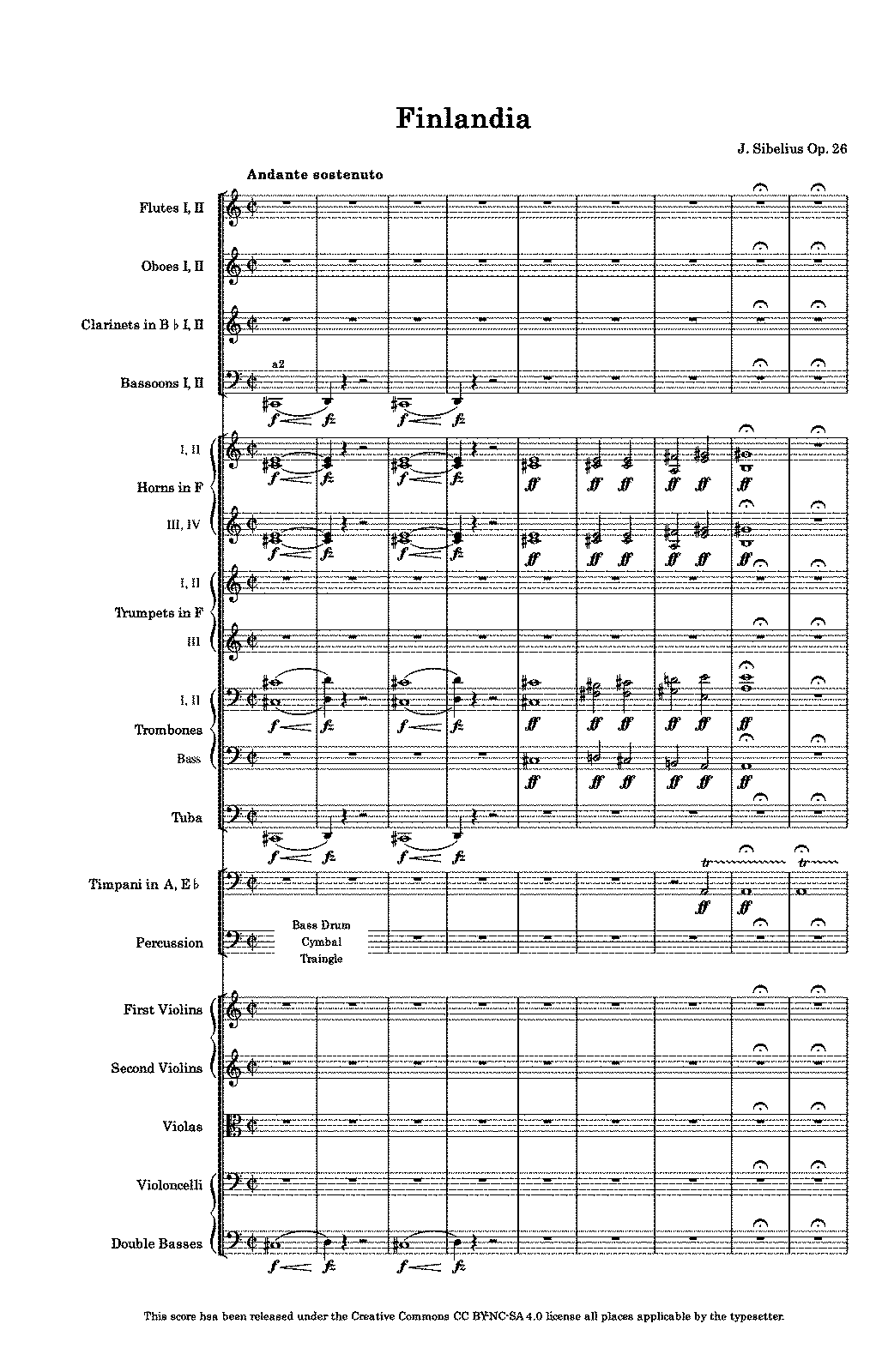
Swan Lake Suite by Pyotr Ilyich Tchaikovsky.Till Eulenspiegel’s Merry Pranks by Richard Strauss.Sibelius is such a cultural icon in Finland that his picture appeared on the hundred markka note until the country switched to the Euro, and his birthday is Finland’s Flag Day.It was also briefly the anthem for the now-extinct African nation of Biafra. The Finlandia Hymn has been reworked into numerous choral hymns for Finland, for the Christian faith, and even for Rice University.Such names included Happy Feelings at the Awakening of Finnish Spring. Due to censorship from the Russian press, Finlandia often had to be presented under a different name so that is was not so overtly nationalistic.

Having composed something so close to his heart, Sibelius’s music speaks to the very soul of the listener.

Although he received criticism during his lifetime for his non-Germanic orchestration style, today Sibelius is considered a master of his craft, and this piece is a wonderful representation of his talent. The consoling nature of the woodwinds juxtapose the hopeful, upward-looking vibe of the strings and the brazen sentiments of the brass. I enjoy the subtleties in Sibelius’ orchestration. Even so, the piece ebbs and flows so naturally that is easy to lose yourself in it. Personal Notes: Finlandia is a great work to launch your journey into classical music, because it consists of a deeply human narrative: fighting against oppression. Never too bombastic or vociferous, it is instead joyous and satisfied. Out of this healing melody grows another fanfare, this time a victorious one, resounding in pride and triumph. After the battle, the hymn returns in its full, shining vibrancy. Notice how the two seem to be duking it out musically. There are two main themes in this section: one consists of rigid battle marches, the other of swooping string figures. The music grows melancholic and the brooding theme of the introduction returns, erupting into a march filled with brass fanfares and cymbal crashes. The introduction evolves into a sweet section with a lulling chorale in the winds now known as the Finlandia Hymn. This is a work that breathes very naturally, so take notice of how it swells in volume and when it takes dramatic pauses. The piece begins with a dark and foreboding introduction marked by prominent brass and bassoons. The work famously embodies the struggle and eventual triumph of the oppressed Finnish people over the Russians.
#JEAN SIBELIUS FINLANDIA SERIES#
It was the seventh and final installment in the Kalevala, a series of pieces based on stories from the Finnish epic poem that Sibelius wrote for the event. The Piece: Finlandia was composed for the 1899 Helsinki Press Celebrations, a protest against the Russian Empire’s strict censorship restrictions. He created a unique voice, and his music often borders on the mystical. From a wider perspective, his art is representative of European nationalism at the time, as many of his pieces are inspired by Finnish folk music or mythology.

He established a Finnish national musical identity in the face of Russian oppression, and was honored by his young country on several occasions.

For his remaining 30 years, he wrote almost no music and lived quietly in the countryside, enjoying visits from family and friends. He established his reputation as a leading orchestral composer in the 1890s and continued to create masterful works until the mid-1920s, when he retired from public life. Recommended Recording: Colin Davis and the Boston Symphony Orchestra, or Herbert von Karajan and the Berlin PhilharmonicĬomposer: Jean Sibelius (1865-1957): Sibelius is Finland’s most important composer. Genre: Symphonic Poem- an orchestral work with extra-musical meaning (typically some sort of narrative)


 0 kommentar(er)
0 kommentar(er)
